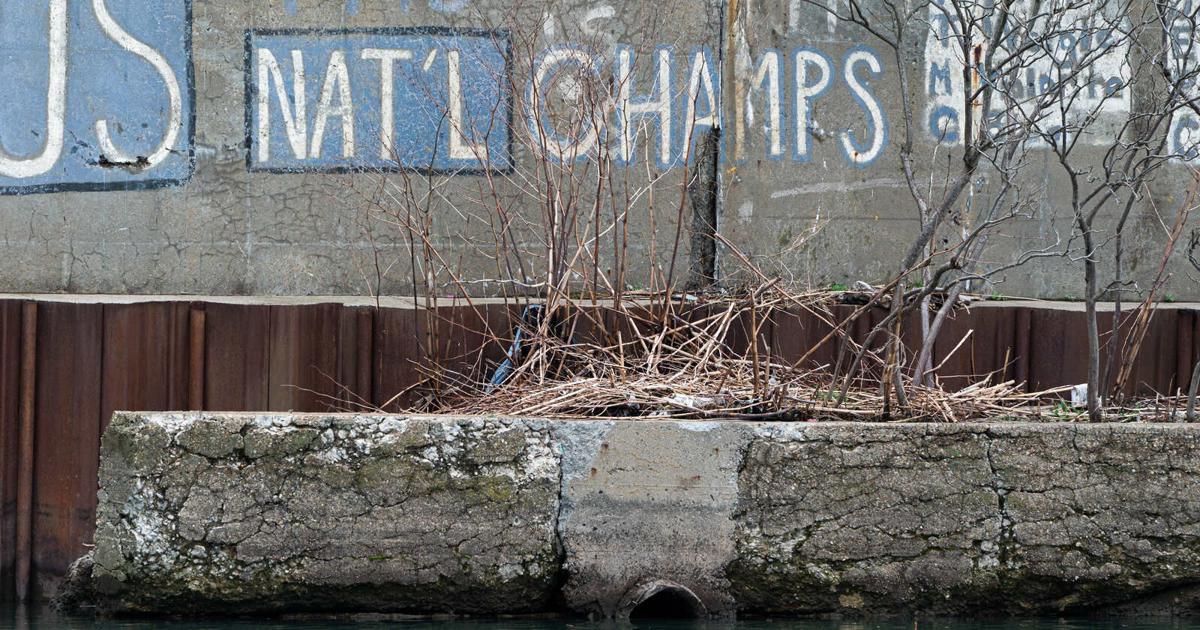A messy mix of rain, sleet and snow on a Friday and Saturday in early March did more than make driving a little treacherous along some Western New York roads.
The heavy precipitation and snowmelt over a 24-hour period overwhelmed Buffalo’s combined sewer system and resulted in something even messier: an estimated 40 million gallons of stormwater and raw sewage – enough to fill 60 Olympic-size swimming pools – spilling into the Niagara River and other area waterways.
Combined sewer overflows occurred dozens of times in the city in 2022, and an estimated nine times since January. The foul discharges are legally allowed and have been happening for decades.
“Whenever it rains or there’s a snowmelt, we know there’s an overflow. It’s pretty much a given,” said Jill Spisiak Jedlicka, executive director of Buffalo Niagara Waterkeeper, which keeps tabs on water pollution and water quality in the region.
Each time, fecal coliform bacteria and other contaminants, such as oil, chemical and nutrient runoff, spew into rivers and streams, potentially creating a public health hazard, particularly in warmer weather when residents flock to waterways for recreation.
The Buffalo Sewer Authority operates and maintains the roughly 800 miles of underground pipes that collect and divert stormwater, along with the flushed sewage of tens of thousands of city homes and businesses.
In 2014, under pressure from the U.S. Environmental Protection Agency and the state Department of Environmental Conservation, the sewer authority agreed to spend $380 million over 20 years on infrastructure improvements aimed at cutting the number of annual overflow “activations.”
The sewer authority appears to have made strides, reducing its reported number of system overflows from 85 to 35 per year.
But the mitigation work continues to be an uphill challenge, and the sewer authority has a long way to go to cut its annual overflows to nine or less, per the terms of an…
Read the full article here

Leave a Reply